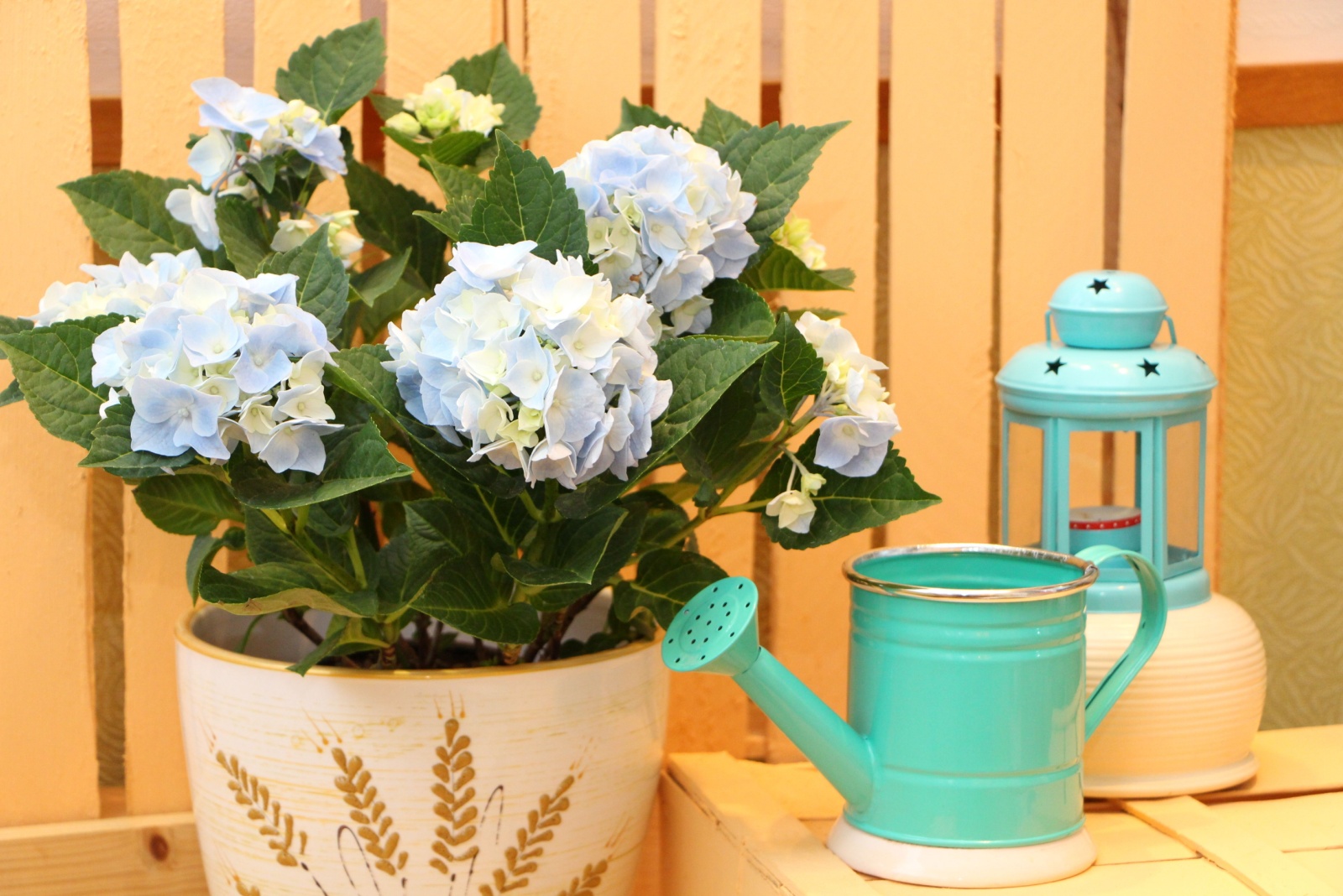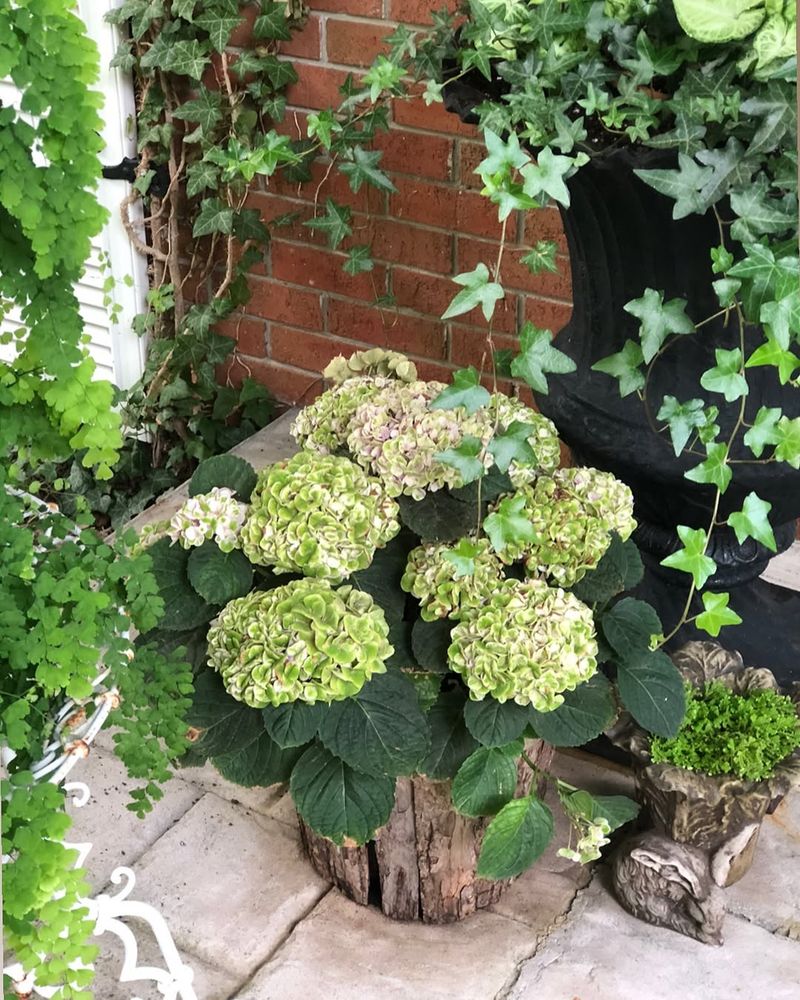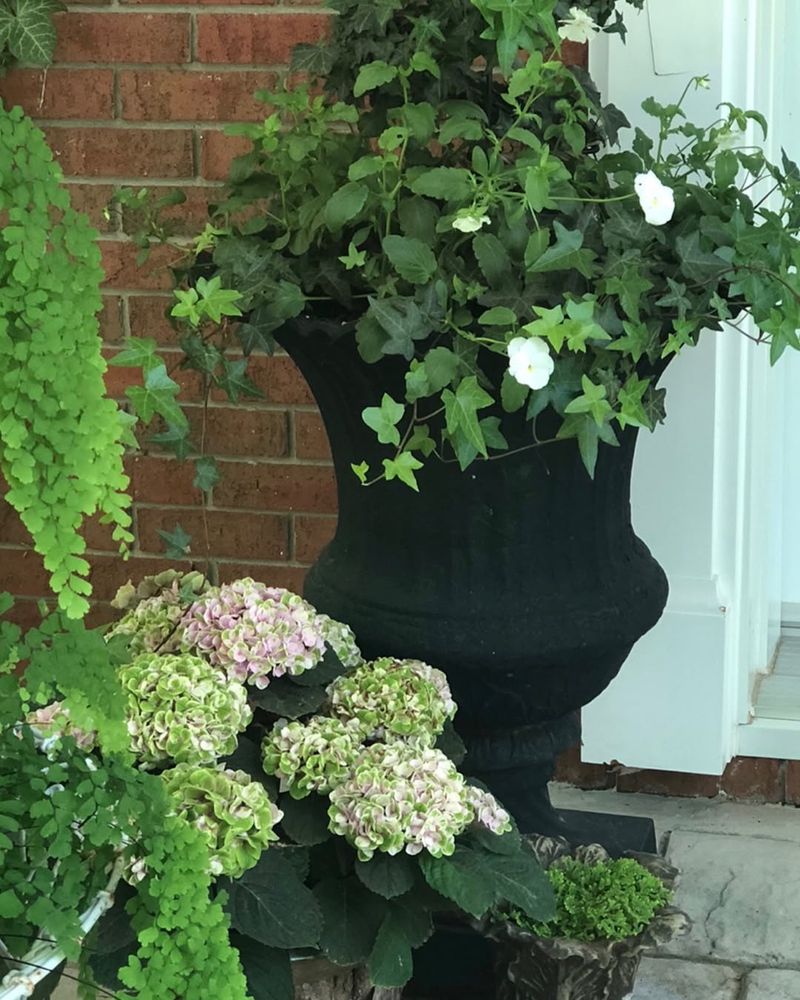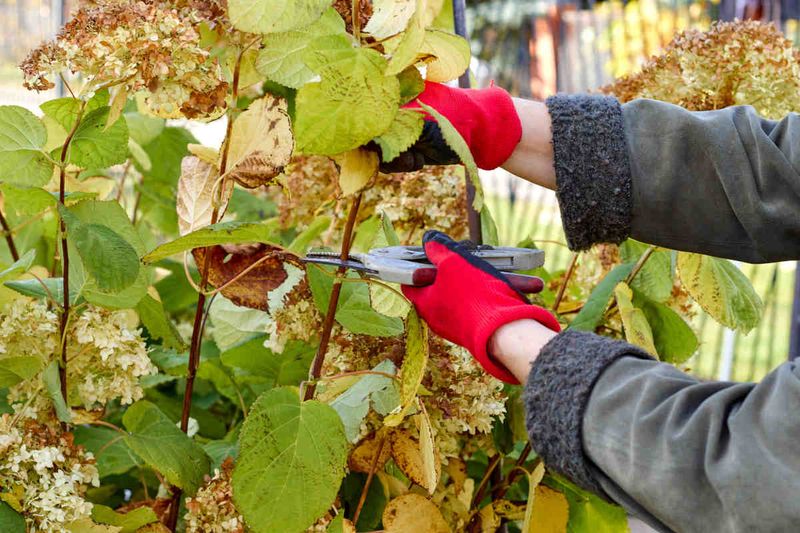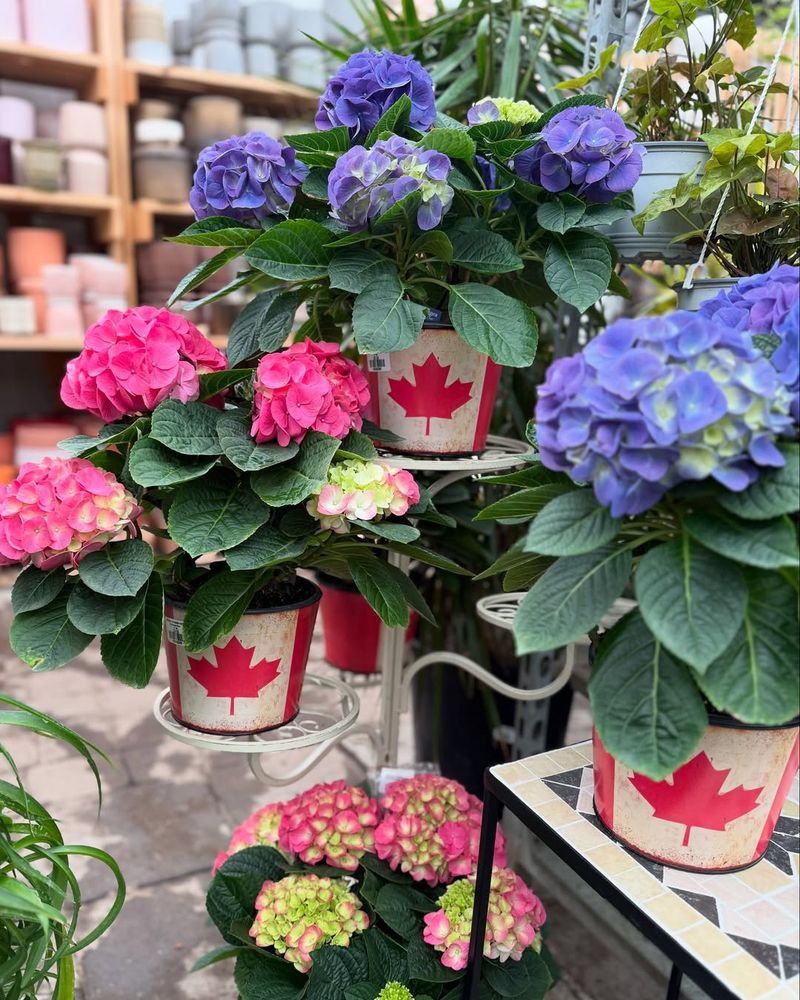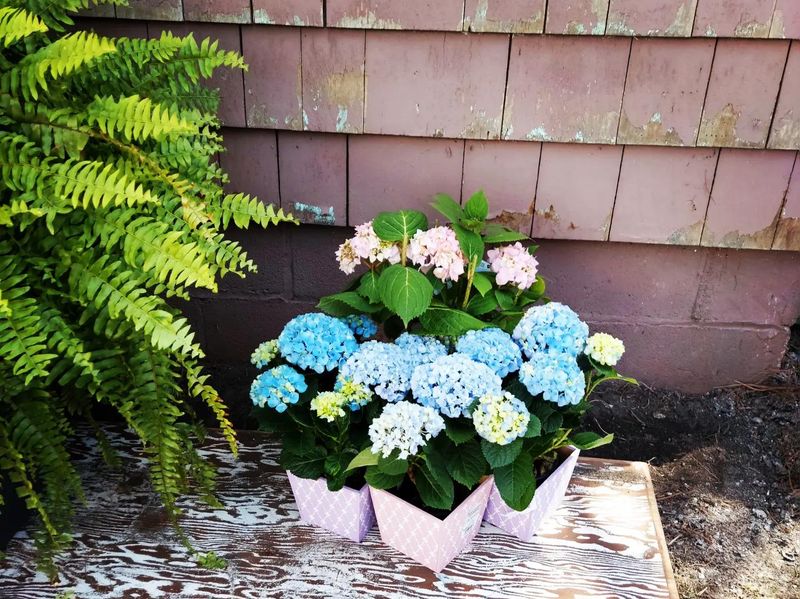California winters might seem mild compared to other states, but your potted hydrangeas still need some special attention before the cooler months arrive. Without proper preparation, these beautiful plants can struggle when temperatures drop and rainfall patterns shift.
Taking a few simple steps now will help your hydrangeas stay healthy and bloom beautifully when spring returns.
1. Reduce Your Watering Schedule Gradually
As fall settles in across California, your hydrangeas naturally slow down their growth and need less moisture. Start cutting back on how often you water, checking the soil with your finger before adding more.
The top inch should feel dry before watering again. Overwatering during cooler months can lead to root problems that weaken your plant heading into winter.
Adjust your routine based on rainfall too, since some regions get more precipitation than others during this season.
2. Move Containers To A Protected Spot
Finding the right location makes a huge difference for potted hydrangeas during California’s winter months. Look for a sheltered area near your house, under an overhang, or beside a fence that blocks harsh winds.
Morning sun with afternoon shade works perfectly in most parts of the state. Avoid placing pots in spots where they’ll sit in standing water after heavy rains.
This simple relocation protects tender roots from temperature swings and keeps foliage from getting battered by unexpected storms.
3. Add Fresh Mulch Around The Base
Spreading a layer of mulch creates an insulating blanket that keeps roots comfortable when temperatures dip at night. Use organic materials like shredded bark, wood chips, or compost, applying about two to three inches around the base.
Keep mulch away from touching the stems directly to prevent moisture buildup. In California, this extra protection helps maintain steady soil temperatures during those chilly winter evenings.
Fresh mulch also helps retain moisture during dry spells between rainstorms.
4. Trim Off Dead Or Damaged Growth
Before winter arrives, take time to remove any brown, broken, or diseased branches from your hydrangeas. Use clean, sharp pruning shears and make cuts just above healthy buds.
Don’t go overboard though—save major pruning for spring since some varieties bloom on old wood. California gardeners should focus on tidying up rather than heavy cutting during fall preparation.
Removing damaged parts helps your plant conserve energy and reduces hiding spots for pests that might cause trouble later on.
5. Stop Fertilizing Until Spring Arrives
Your hydrangeas need to rest during winter, and feeding them now would encourage new growth at exactly the wrong time. Tender new shoots can’t handle cold snaps that occasionally sweep through California during January and February.
Put away the fertilizer once October rolls around and wait until you see fresh green growth emerging in spring. This pause lets your plant build strength internally rather than pushing out vulnerable leaves.
Resume feeding when temperatures warm consistently and active growth begins again.
6. Wrap Pots With Insulating Material
Container roots face more exposure to cold than plants growing in the ground, making extra insulation helpful during California winters. Wrap your pots with burlap, bubble wrap, or frost cloth, securing everything with twine or tape.
This barrier prevents rapid temperature changes that stress root systems on cold nights. Even in milder coastal areas, this protection helps during unexpected cold fronts.
Leave the top open so water can still drain properly and air can circulate around the soil surface.
7. Monitor Weather And Cover When Needed
California winters bring surprises, from sudden frosts to unusually warm spells that confuse plants. Keep an eye on local forecasts and be ready to cover your hydrangeas with frost cloth when temperatures threaten to drop below freezing.
Remove coverings during the day so plants get sunlight and air circulation. Staying flexible with protection based on actual conditions helps your hydrangeas handle whatever winter throws their way.
This watchful approach prevents damage while avoiding unnecessary coddling during mild stretches.

